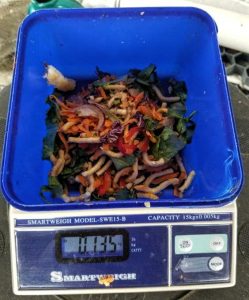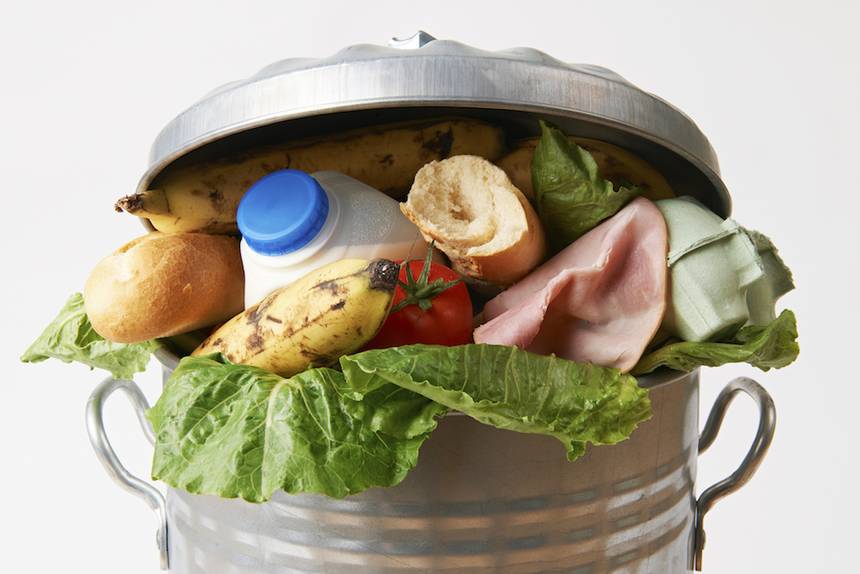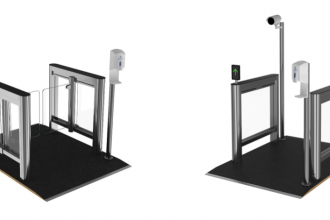A staggering one-third of all the world’s food goes to waste. Governments, food manufacturers, supermarkets and now the hospitality sector are looking at ways to reduce food waste. Overseas research shows that for every $1 spent on reducing food waste, savings of up to $14 can be made.
Food waste from cafes and restaurants can be classified into four types. The first is spoilage, which occurs with over-purchasing ingredients or poor stock rotation which causes food to spoil and be discarded before it is even used. Preparation waste occurs in the kitchen and includes things like vegetable peelings and badly poached eggs. Plate waste is a result of portion sizes being too large or customers not enjoying their meal. Finally, unsold food applies to cafes which have a display cabinet or pie warmer as unsold food such as muffins and sandwiches can be a significant source of waste.
The first step in reducing waste is to identify where it occurs. A simple three bin audit can give restaurant and café owners a good initial sense of where any wastage might be occurring.
To run a food waste audit in a business, take three small bins and label them ‘spoilage’, ‘plate waste’ and ‘preparation waste’. Ask staff for one day to throw any food scraps into the appropriate bin. At the end of the day, weigh each bin and take a look to see what’s inside. Business owners may also need to check for any food in the general rubbish bins, to make sure staff are capturing all of the wasted food.
Ideally, a business is aiming for no unsold food, zero spoilage and minimal plate waste. Once you have identified where the waste is occurring, share the results with staff and ask them for ideas on what could be done to reduce food waste. Implement any changes suggested. Changes could include reducing the amount of garnish, ordering meat cut to specification or offering options for sides.
Repeat the audit in six weeks later to see what impact the changes have had in reducing how much food and money your business is wasting. For more information on how to reduce food waste in a hospitality business go to lovefoodhatewaste.co.nz.







